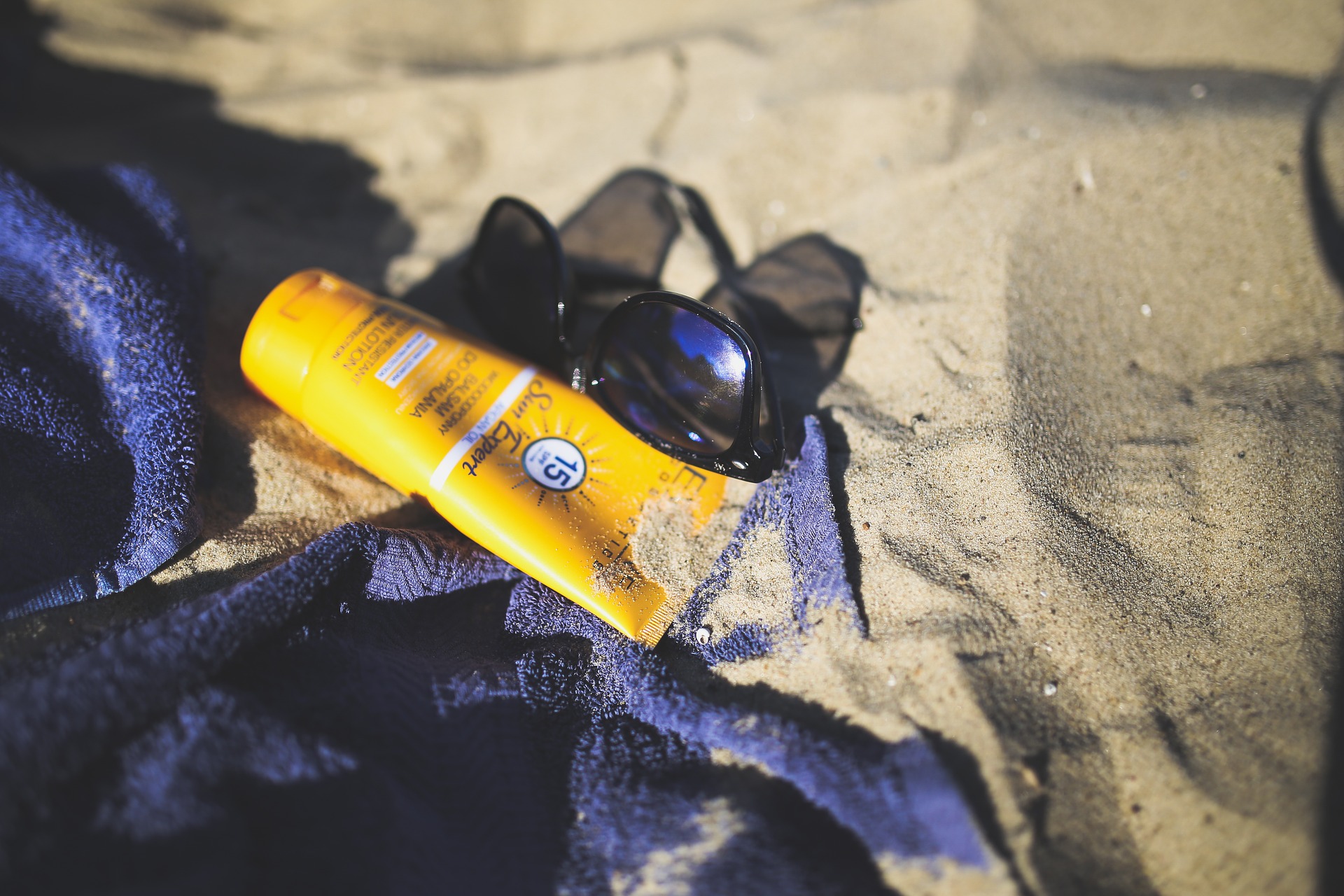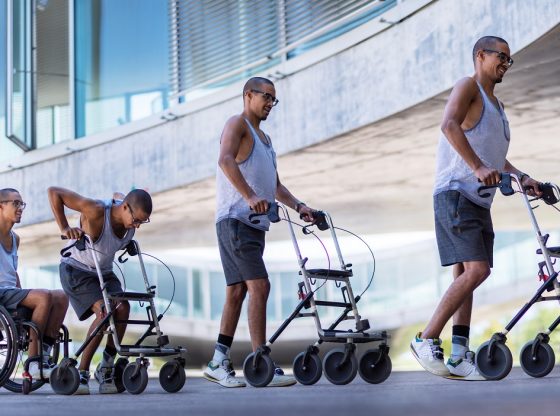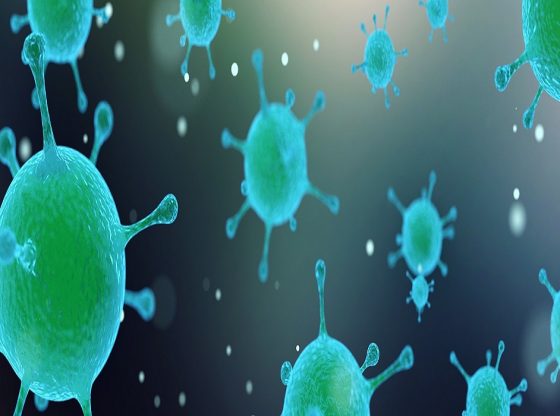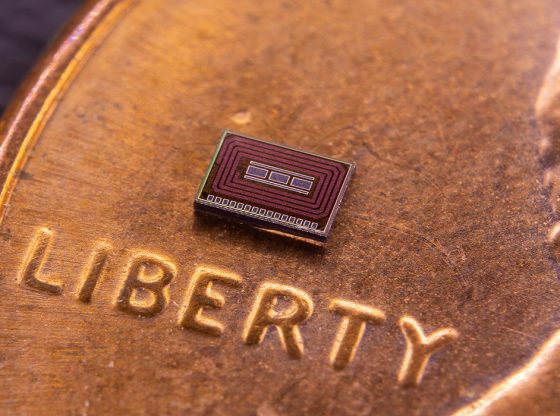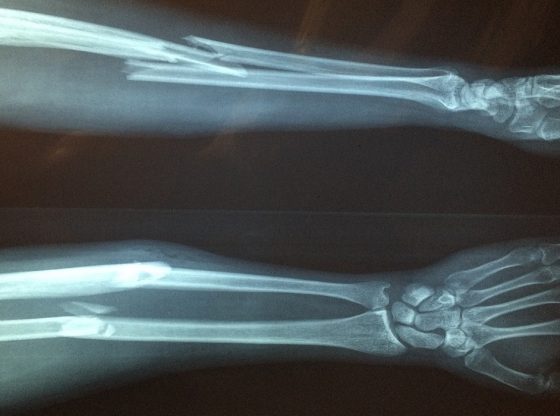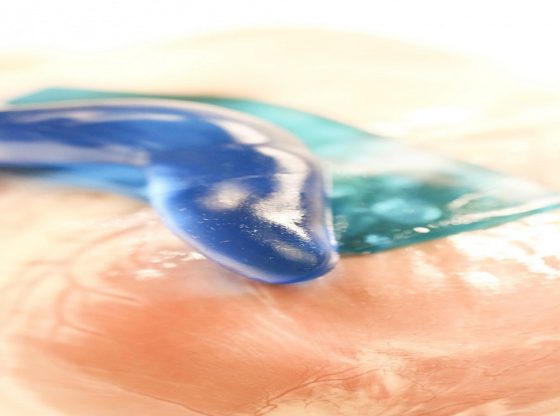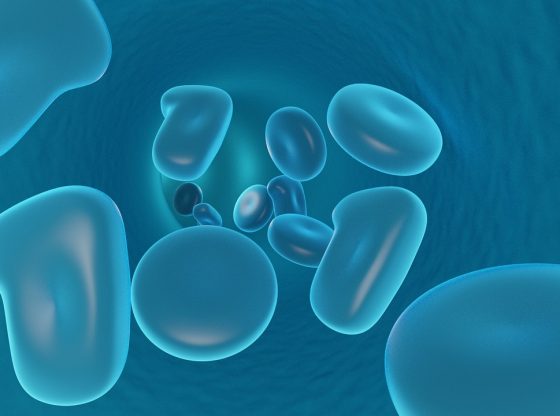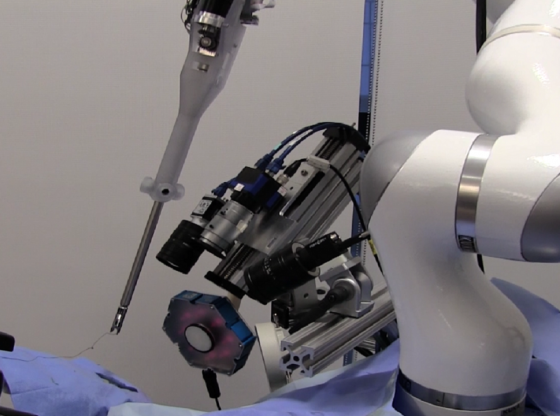Artificial intelligence is better than trained dermatologists in detecting skin cancer, according to a new study published in the journal Annals of Oncology.
Scientists from Germany have used so-called machine-learning to train a convolutional neural network (CNN) to differentiate malignant melanoma from harmless birthmarks. The computer learned by analyzing more than 100,000 images on both dangerous and harmless skin changes.
A CNN is an artificial neural network inspired by the biological processes at work when nerve cells (neurons) in the brain are connected to each other and respond to what the eye sees.
When the researchers then compared the machine’s performance with that of 58 international dermatologists, they noticed that the machine performed better than the doctors. It was able to diagnose more skin cancer cases than doctors, and diagnosed fewer benign changes.
In the level I, the dermatologists accurately detected an average of 86.6% of melanomas and correctly identified an average of 71.3% of lesions that were not malignant. However, when the CNN was tuned to the same level as the physicians to correctly identify benign moles (71.3%), the CNN detected 95% of melanomas. At level II, the dermatologists improved their performance, accurately diagnosing 88.9% of malignant melanomas and 75.7% that were not cancer.
“The CNN missed fewer melanomas, meaning it had a higher sensitivity than the dermatologists, and it misdiagnosed fewer benign moles as malignant melanoma, which means it had a higher specificity; this would result in less unnecessary surgery,”
– Professor Holger Haenssle, senior managing physician at the Department of Dermatology, University of Heidelberg, Germany
The researchers do not envisage that the CNN would take over from dermatologists in diagnosing skin cancers, but that it could be used as an additional aid.
Reference:
H. A. Haenssle et al., 2018. Male to machine: diagnostic performance of a deep learning convolutional neuronal network for dermoscopic melanoma recognition in comparison to 58 dermatologists. Annals of Oncology 00: 1-7, 2018. Doi: 10.1093 / annonc / mdy166

